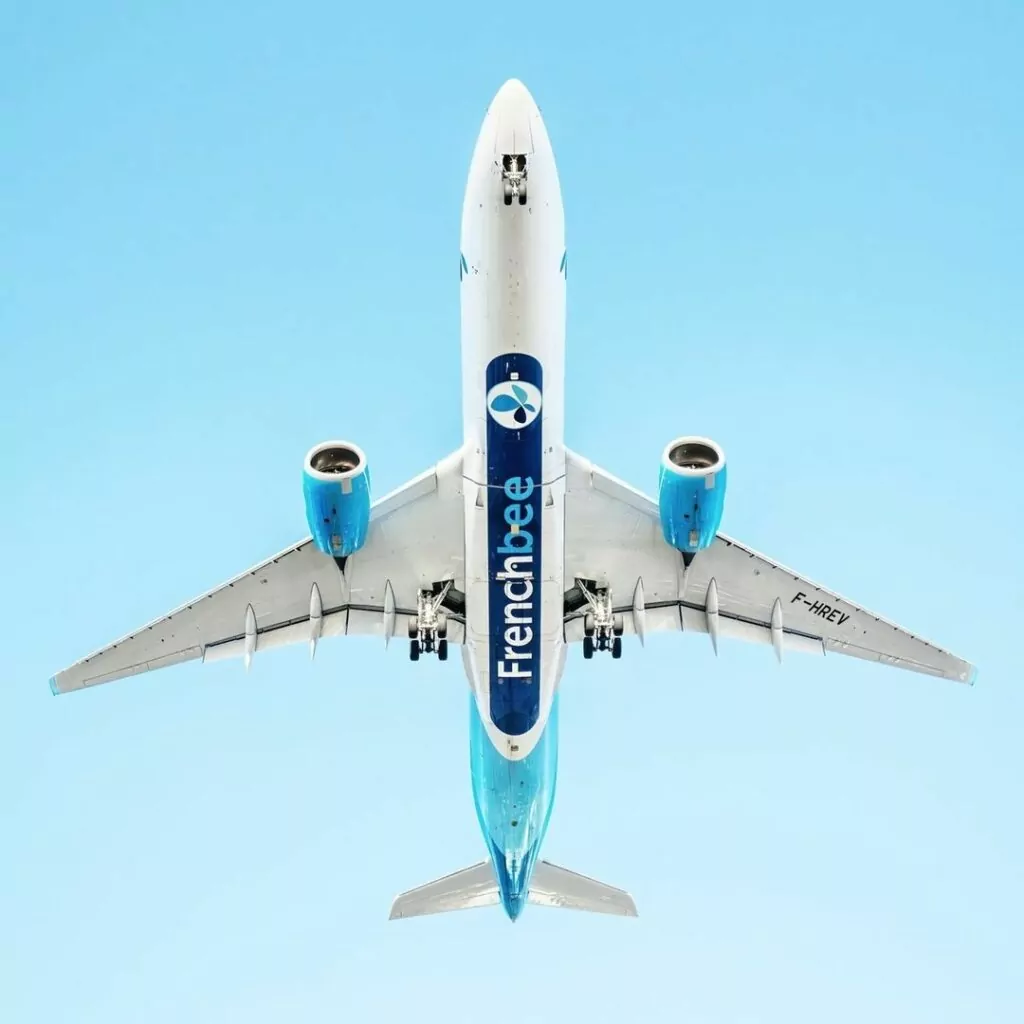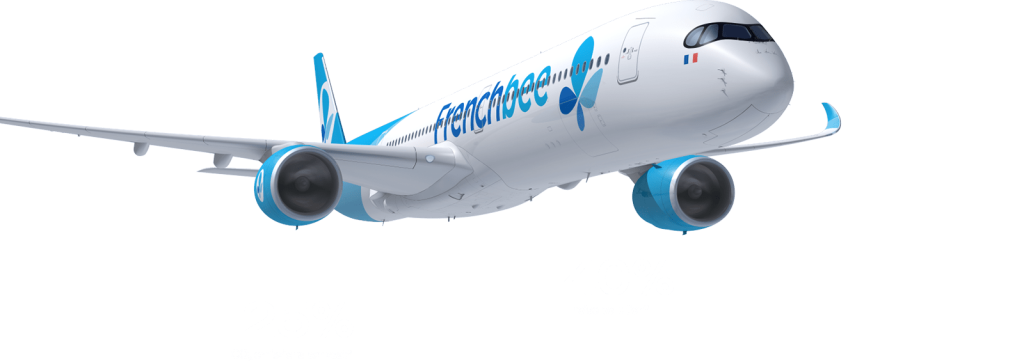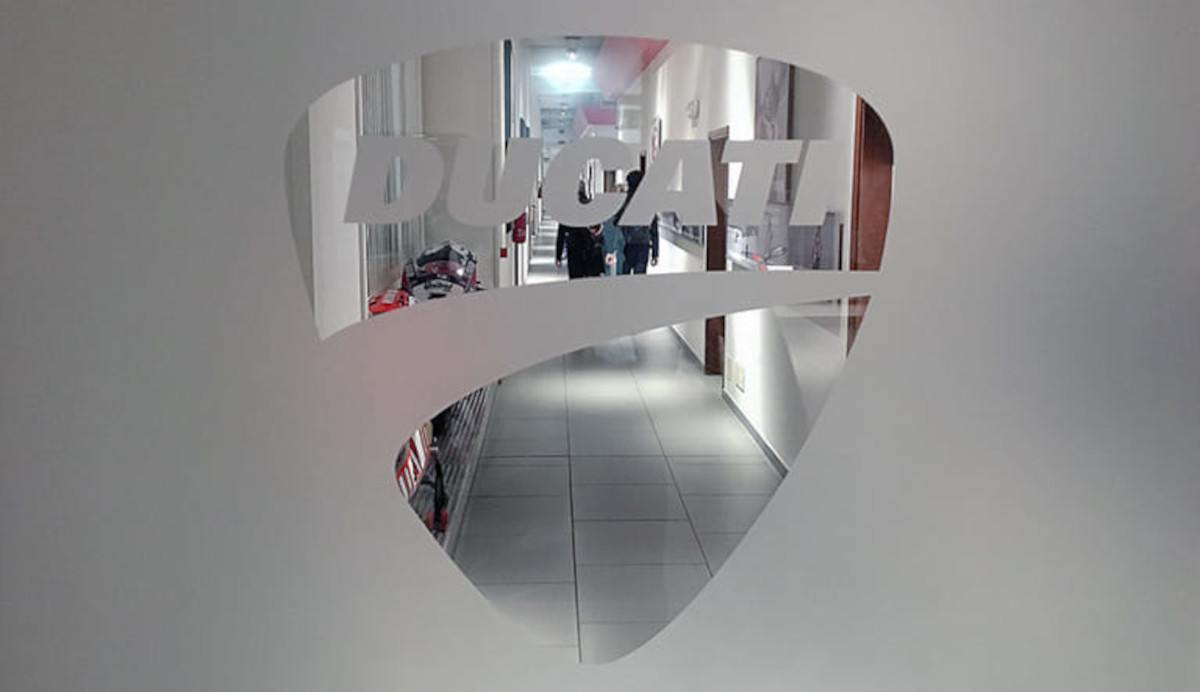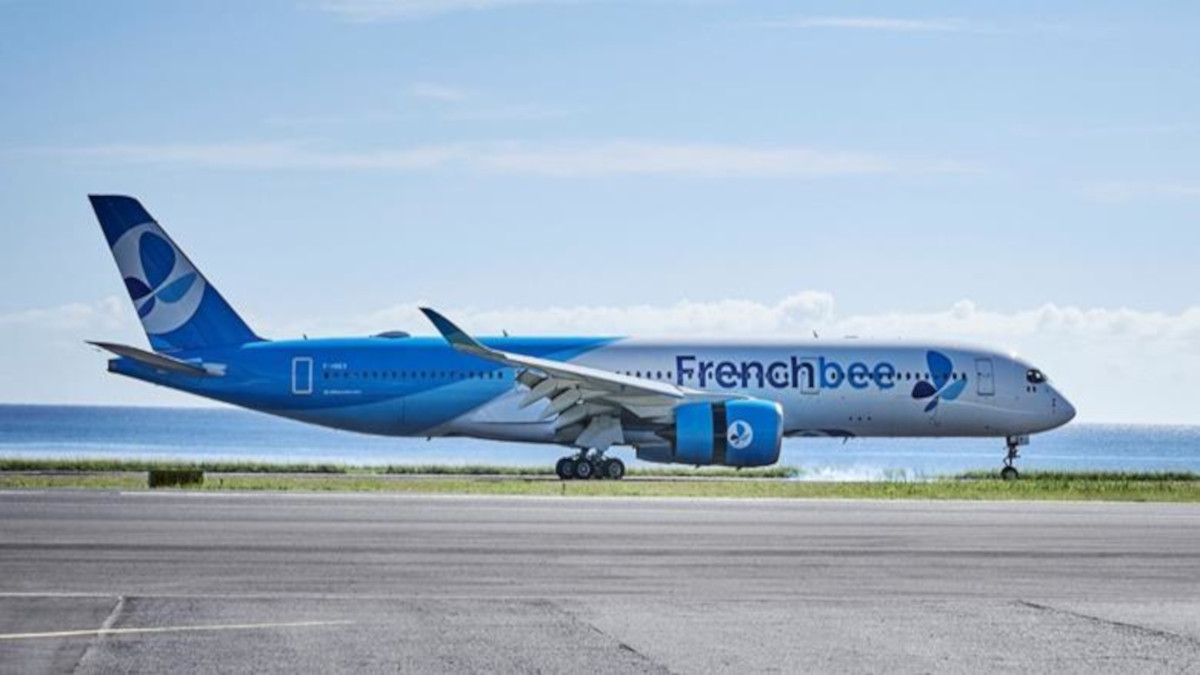- French bee is suspending its Paris Orly to Los Angeles route from November 2024 to March 2025 due to low demand and heavy competition on the route during the winter season.
- The Paris-LAX route faces fierce competition from major airlines like Air France and Delta, making it difficult for smaller, low-cost carriers to maintain profitability.
- Winter months see a significant drop in leisure travel demand, which is crucial for low-cost, long-haul airlines like French bee, leading to operational challenges and high costs.
- French bee offers passengers affected by the suspension the option to modify tickets to other US routes (New York, San Francisco, Miami) or request a refund or credit valid for one year.
- The airline plans to resume operations on the Paris-LAX route in March 2025, aligning with the start of the summer travel season, where demand typically increases.
The Paris to Los Angeles route became one of the most competitive in long-haul aviation. French bee, the all-Airbus A350 low-cost airline, made the tough decision to suspend its only route to Los Angeles during the winter season.
The airline will cease operations from Paris Orly (ORY) to Los Angeles International Airport (LAX) starting November 2, 2024, with plans to resume at the end of March 2025.
While the official reason provided by the airline for the suspension is “operational reasons,” underlying causes likely involve demand factors and competitive pressures.
The Paris-LAX route faces fierce competition, particularly in the winter months when travel demand decreases. What does this suspension mean for French bee, and how does it fit into the larger context of low-cost long-haul aviation?

The Economics of Long-Haul Low-Cost Carriers
French bee, like many other low-cost, long-haul airlines, operates on thin margins. The model works best when flights fill up, and ancillary revenues from services such as seat selection, baggage, and in-flight purchases boost profitability. However, challenges arise during periods of lower demand, such as winter months, when leisure travel to destinations like Los Angeles tends to taper off.
Airlines operating in this space need to balance load factors with costs carefully. During high-demand summer months, airlines can fill planes more easily, particularly on popular routes like Paris to Los Angeles.
In winter, lower demand makes it harder to fill seats, and operating costs remain the same or increase due to factors like weather-related delays and higher fuel consumption during colder months.
The Competitive Landscape: Air France, Delta, and Others
The Paris to Los Angeles route faces intense competition. French bee competes with some of the biggest names in the aviation industry, including Air France, Delta Air Lines, and Norse Atlantic Airways.
Air France, the French national carrier, holds a significant presence on the route, operating both Airbus A350-900s and Boeing 777-300ERs. In September 2024, Air France offered over 19,420 seats on its A350-900s, in addition to 9,914 seats on its 777-300ERs. Delta Air Lines also operates daily flights on the route using the A330-900neo, further intensifying competition.
The number of flights and seat capacity offered by these major players makes it difficult for smaller, low-cost carriers like French bee to maintain a foothold. Legacy carriers benefit from brand loyalty, business travelers, and premium cabin offerings, which help subsidize lower fares in economy.
French bee, by contrast, operates in the low-cost segment. Its passengers are primarily leisure travelers, sensitive to price fluctuations and less likely to fly during winter when tourism to destinations like Los Angeles declines.
This drop in demand makes it harder for the airline to fill seats, and competitive pressure from major carriers with larger networks and resources only exacerbates the challenge.

Impact of Low Demand in Winter
Winter is traditionally a slow season for leisure travel, especially to warm-weather destinations like Los Angeles. While business travel remains steady year-round, low-cost airlines like French bee rely heavily on leisure travelers.
In summer, vacationers flock to Los Angeles for its beaches, entertainment industry attractions, and warm weather. But come winter, demand drops off significantly.
This becomes particularly problematic for a long-haul, low-cost carrier like French bee, which must maintain high load factors to operate profitably. When planes fly with empty seats, the cost per passenger increases, eroding the already thin margins low-cost airlines operate under.
Given these conditions, suspending the route during winter allows French bee to redeploy its aircraft on more profitable routes with stronger demand.
Operational Challenges in the Low-Cost Long-Haul Sector
Operating long-haul flights as a low-cost carrier brings unique challenges. Unlike short-haul flights, where quick turnarounds and high-frequency schedules help airlines maximize aircraft utilization, long-haul flights require more planning and carry greater risks.
Any delays or cancellations can disrupt the entire schedule, as planes often commit to multiple long-haul flights per day, limiting flexibility.
Additionally, long-haul aircraft like the Airbus A350-900, which French bee uses, are expensive to operate. They have higher fuel consumption, maintenance costs, and crew requirements compared to narrow-body aircraft used on short-haul routes.
These costs are largely fixed, meaning if a plane flies with empty seats, the airline incurs the same expenses but generates less revenue.
For French bee, operating the Paris to Los Angeles route during slow winter months may not make sense from a financial standpoint. By suspending the route, the airline avoids flying empty planes and focuses on routes with more consistent demand.
Role of Fleet Management in French bee’s Strategy
French bee’s decision to suspend the Los Angeles route may also be part of a broader fleet management strategy. The airline operates an all-Airbus A350 fleet, giving it flexibility in deploying aircraft where needed.
By temporarily suspending the Los Angeles route, French bee can reassign its A350-900s to other routes with higher demand during winter, such as those to the Caribbean or Indian Ocean.
This strategic redeployment allows the airline to maximize aircraft utilization while minimizing losses on underperforming routes. It aligns with the operational efficiencies low-cost carriers must prioritize to remain competitive.

Market Response: Alternatives for Passengers
For passengers affected by the suspension, French bee offers several alternatives. Customers can modify tickets to fly on other US routes, including New York, San Francisco, and Miami, within one month of their original travel date, without penalties. Alternatively, they can request a refund or receive a credit valid for one year on any of the airline’s routes.
This flexibility is crucial in maintaining customer loyalty, particularly for an airline like French bee, which relies heavily on price-sensitive travelers. Offering these alternatives helps the airline mitigate some of the negative impacts of the route suspension, although the disruption may still lead some passengers to switch to other carriers.
Broader Implications for Low-Cost, Long-Haul Airlines
French bee’s decision to suspend its Los Angeles route reflects a broader trend among low-cost, long-haul carriers. These airlines face difficulties finding a sustainable business model in an industry dominated by legacy carriers with deeper pockets and diverse revenue streams.
While the low-cost model succeeds on short-haul routes, it becomes more difficult to apply to long-haul flights, where operational complexities and higher costs make profitability elusive.
Other low-cost, long-haul carriers face similar challenges. For example, Norwegian Air, once a pioneer in the low-cost, long-haul space, eventually cut back its transatlantic operations and refocused on short-haul routes. The airline found maintaining profitability on long-haul routes too difficult given the high fixed costs and low demand during certain seasons.
For French bee, the suspension of its Los Angeles route may signal the airline is reevaluating its long-haul strategy. While the airline plans to resume the route in March 2025, it must monitor demand and competition to ensure the route remains viable long-term.
Conclusion: Future of French bee and Paris-LAX Route
French bee’s decision to suspend its Paris to Los Angeles route this winter highlights challenges faced by low-cost, long-haul carriers in a competitive market. The combination of lower winter demand, intense competition from legacy carriers, and high operational costs of long-haul flights makes it difficult for airlines like French bee to maintain profitability year-round.
By suspending the route, French bee redeploys resources more efficiently and avoids flying empty planes during the slow season. However, the airline must closely monitor market conditions and adjust its strategy to remain competitive on this route in the future.
When French bee returns to the Paris-LAX sector in March 2025, it faces the same competitive pressures. Success will depend on the airline’s ability to differentiate itself from larger carriers, manage costs effectively, and attract enough passengers to maintain profitability.
Time will tell if French bee can navigate these challenges and secure its place in long-haul, low-cost aviation.
Key Takeaways
- Seasonal Suspension: French bee is halting its Paris-Los Angeles route due to lower demand in the winter months and intense competition.
- Competitive Pressure: The Paris-LAX route faces strong competition from Air France, Delta, and others, making it difficult for low-cost carriers to sustain operations.
- Winter Travel Demand: Leisure travel, which is key for low-cost, long-haul airlines, drops significantly in winter, increasing the risk of underutilized flights.
- Passenger Flexibility: Affected passengers can modify tickets to other US routes, receive a refund, or opt for a credit valid for a year.
- Strategic Return: French bee plans to return to the route in March 2025, targeting the summer travel season to capitalize on increased demand.


































